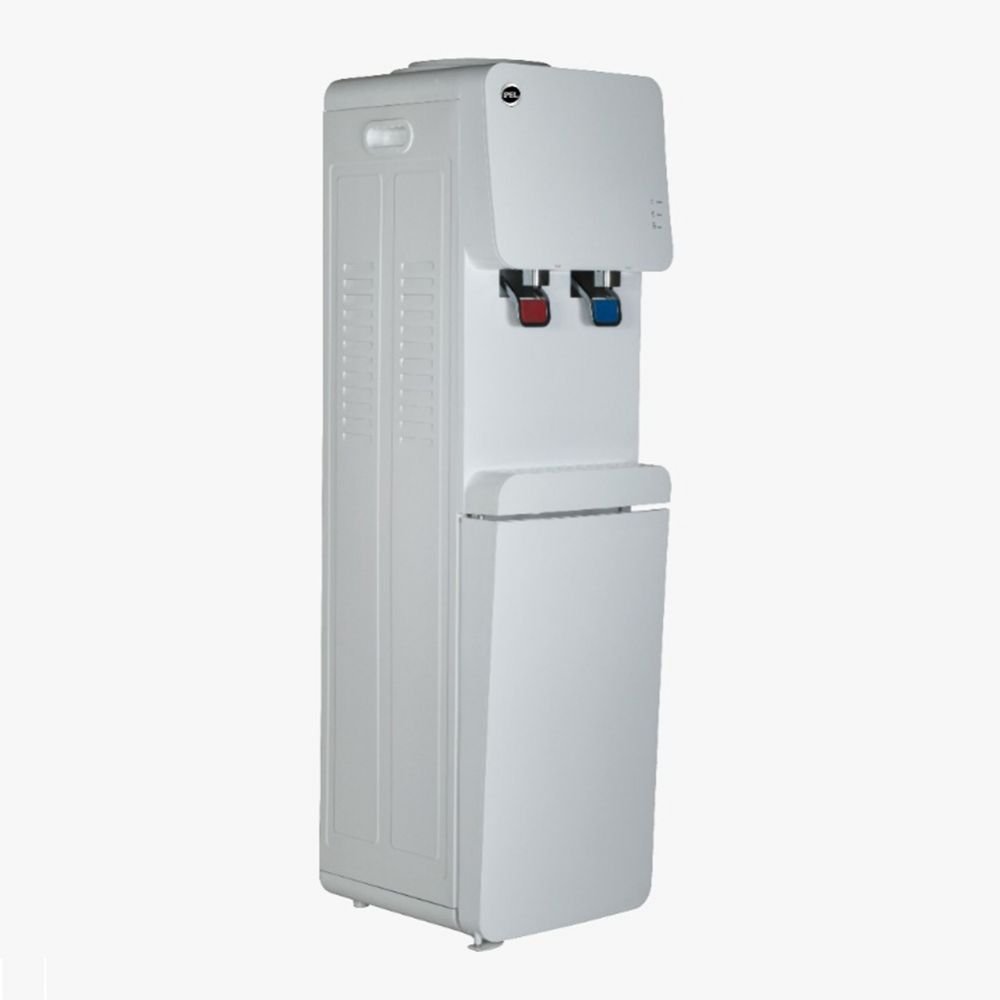A water dispenser can be a valuable addition to your home or office, making it convenient to access clean and refreshing water. However, with the wide variety of options available, picking the right one can be tricky. In this article, we will break down the five most important things you should consider when purchasing a water dispenser to ensure you make a smart choice.
1. Type of Water Dispenser
Choosing the right type of water dispenser is crucial. There are two main distinctions to consider: bottled vs. bottle-less and freestanding vs. countertop.
Bottled vs. Bottleless
A bottled water dispenser uses large, replaceable water bottles, typically placed on top or in the base of the unit. These are easy to set up but require regular refills and bottle storage. A bottle-less water dispenser, on the other hand, is connected directly to your water line, providing an endless supply of water. However, this type of dispenser often requires professional installation.
Freestanding vs. Countertop
Freestanding water dispensers are standalone units, ideal for offices or homes with sufficient space. They usually come with more advanced features. Countertop dispensers, by contrast, are compact, making them perfect for smaller spaces like kitchen counters or office pantries.
2. Water Temperature Options
A significant feature to consider is the water temperature options available with the dispenser.
Hot and Cold Features
Many balance water dispensers provide both hot and cold water, making them versatile for both drinking and preparing hot beverages. If you enjoy hot tea or need cold water on demand, make sure the dispenser you choose has multi-temperature functionality.
Room Temperature Water
Some models also dispense water at room temperature. While it may not seem essential at first, room temperature water is often preferred by people who avoid very cold or hot drinks.
3. Filtration System
One of the biggest benefits of a water dispenser is access to clean, filtered water. You’ll need to decide on the type of filtration system that suits your needs.
Built-in Filtration vs. External Filtration
Some water dispensers come with built-in filtration systems, which purify the water before it’s dispensed. Alternatively, you can use external filters in the case of a bottled water dispenser. If you’re going for a bottleless system, ensure it has an effective filter installed.
Types of Filters
There are various types of filters to choose from:
- Carbon filters, which remove chlorine and improve taste.
- Reverse osmosis filters, which offer deeper purification.
- UV filtration, which kills bacteria and viruses in the water.
4. Energy Efficiency
Since a water dispenser will likely run continuously, its energy efficiency is an important consideration.
Energy Star Ratings
Look for water dispensers with an Energy Star rating. These models consume less energy, making them environmentally friendly and cost-effective in the long run.
Impact on Electricity Bills
Though water dispensers don’t use excessive power, the cost can add up. Choosing an energy-efficient model can significantly reduce your electricity bills over time.
5. Ease of Maintenance
Owning a water dispenser comes with maintenance responsibilities. Some models are easier to clean and maintain than others.
Cleaning Requirements
Regular cleaning is essential to prevent the buildup of bacteria and ensure the water remains safe to drink. Choose a model that is easy to disassemble and clean, as this will save you time and effort in the long run.
Filter Replacement
If your dispenser has a filtration system, you will need to change the filters periodically. Check the replacement frequency and availability of filters before making a purchase.
Additional Features to Look For
Beyond the basics, there are a few additional features that can enhance your water dispenser experience.
Child Safety Lock
If you have young children at home, a child safety lock is a must for hot water dispensing. This feature prevents accidental burns and ensures a safer environment.
Self-Cleaning Functionality
Some advanced water dispensers offer self-cleaning options, which use ozone or UV light to sanitize the unit automatically. This can make maintaining your dispenser hassle-free.
Cost and Warranty Considerations
Price Range
Water dispensers vary greatly in price depending on their features and brand. Be sure to choose a model within your budget while also considering long-term costs like maintenance and filter replacements.
Warranty and Customer Support
A good warranty and responsive customer support are key indicators of a reliable product. Make sure to check the warranty details before purchasing.
Conclusion
When buying a water dispenser from Al Fatah Electronics, you need to consider factors like the type of dispenser, water temperature options, filtration systems, energy efficiency, and maintenance. Taking the time to evaluate these aspects will ensure that you pick the perfect dispenser to meet your hydration needs.
FAQs
1. What is the difference between a bottleless and bottled water dispenser?
A bottleless dispenser connects directly to your water supply, offering unlimited water, while a bottled dispenser requires regular bottle refills.
2. How often should I clean my water dispenser?
It’s recommended to clean your water dispenser every 3 to 6 months, depending on usage.
3. Are water dispensers energy-efficient?
Yes, especially models with an Energy Star rating, which consume less power.
4. Can I use a water dispenser for both hot and cold water?
Yes, many water dispensers offer both hot and cold water options, making them versatile.
5. Do all water dispensers come with built-in filters?
No, not all dispensers have built-in filters, but many bottleless models include this feature.



